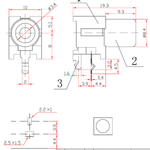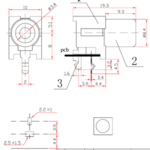Vraj
Advanced Member level 4

Follow along with the video below to see how to install our site as a web app on your home screen.
Note: This feature may not be available in some browsers.




If I made square pads, then would it cause problem for reflow soldering?




 ?
?